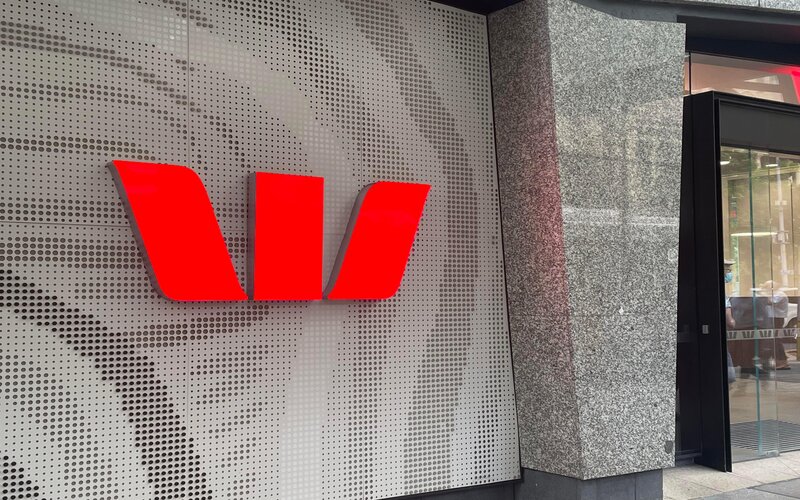Last month, Westpac announced it would allow certain customers who were unable to refinance with a strict 3% buffer to instead be tested against a 'modified Serviceability Assessment Rate.'
- ABA CEO Anna Bligh says its important for banks to use discretion when applying stress tests.
- Westpac and its subsidaries have announced certain refinancing customers do not have to meet the 3% test.
- Lendi found up to 30% more customers who were unable to refinance previously can now do so.
- Ms Bligh echoed APRA Chairman: important for banks to be very careful when relaxing these tests.
This also applies to banks owned by Westpac, including Bank of Melbourne and St George.
A couple of other non-bank lenders have also signalled their intent to lower serviceability requirements for refinances, but non-banks are subject to ASIC's stress test, not APRA's.
Prudential regulator APRA recommend that banks and other lending institutions stress test loan applicants by adding a 3% buffer on top of the interest rate: so applicants for a 5% home loan need to prove they can afford to make repayments at 8%.
In her appearance on the Savings Tip Jar podcast, Ms Bligh said that while banks 'actively support' the buffer, not applying it flexibly means trapping some customers in mortgage prison.
"Banks think that the serviceability buffer is actually a really important part of the credit assessment process, and they use it all the time," she said.
"There are however, always some extenuating circumstances, and this is recognized by APRA and their guidance."
With interest rates higher than they have been for more than a decade, Ms Bligh said some customers may not meet the requirements to refinance where the buffer is strictly applied.
"You end up with this crazy situation where a customer, who might be really feeling the pinch, can't access a lower interest rate because theoretically they can't service it," Ms Bligh said.
"Banks are saying in very limited circumstances, a customer that [the bank has] had for a long time, they've never missed a payment, they are a good credit risk, you know them and you know their performance, they are applying for the same loan for the same house at a reduced rate, then there should be some flexibility in the use of the buffer.
"Otherwise you just end up with a very perverse outcome, that in order to protect someone, you've locked them into a higher payment."
Jailbreak for mortgage prisoners?
Brokerage group Lendi revealed last week that three out of every ten Aussie mortgage holders who were 'trapped' on a higher rate are able to refinance now select lenders are relaxing serviceability tests.
Lendi Chief Product Officer Travis Tyler said some customers would see their borrowing capacity increase by as much as 20%.
"Currently, a mortgage holder with the average Australian mortgage of $600,000 at a 5% interest rate, would be assessed on whether they could afford repayments at 8% or $4,630 per month," Mr Tyler said.
"In contrast, a serviceability test at 6% which some lenders are offering, would bring that test down to $3,685 a month, therefore being serviced at 20% less, or a $765 difference per month, based on a 25 year loan term."
Commonwealth Bank CEO Matt Comyn said CBA will be looking for APRA approval to relax serviceability criteria for certain customers.
However, APRA has maintained that the 3% buffer will remain.
APRA Chairman John Lonsdale wrote to Australia's banks after Westpac's announcement, saying only 'exceptional and limited' circumstances should see the buffer lowered.
It's estimated only around 1-3% of outstanding mortgages at present were considered exceptional and not subject to a buffer stress test.
Ms Bligh also made it clear that banks still need to promote responsible lending.
"[Relaxed serviceability tests] need to be applied very prudently, very diligently and very carefully," Ms Bligh told the podcast.
To be eligible for Westpac’s new streamlined refinance, customers must have a credit score of more than 650 and a track record of paying down all existing debts in the last 12 months.
Ms Bligh stressed how important it was that these discretionary circumstances only apply to customers like this, with a demonstrated history of paying their debts.
"If you went into a bank as a new customer tomorrow, they would apply the serviceability buffer in full to you," Ms Bligh said.
Advertisement
Buying a home or looking to refinance? The table below features home loans with some of the lowest interest rates on the market for owner occupiers.
| Lender | Home Loan | Interest Rate | Comparison Rate* | Monthly Repayment | Repayment type | Rate Type | Offset | Redraw | Ongoing Fees | Upfront Fees | Max LVR | Lump Sum Repayment | Additional Repayments | Split Loan Option | Tags | Row Tags | Features | Link | Compare | Promoted Product | Disclosure |
|---|---|---|---|---|---|---|---|---|---|---|---|---|---|---|---|---|---|---|---|---|---|
5.79% p.a. | 5.83% p.a. | $2,931 | Principal & Interest | Variable | $0 | $530 | 90% |
| Promoted | Disclosure | |||||||||||
5.74% p.a. | 5.65% p.a. | $2,915 | Principal & Interest | Variable | $0 | $0 | 80% |
| Promoted | Disclosure | |||||||||||
5.84% p.a. | 6.08% p.a. | $2,947 | Principal & Interest | Variable | $250 | $250 | 60% |
| Promoted | Disclosure |
Picture from ABA

Ready, Set, Buy!
Learn everything you need to know about buying property – from choosing the right property and home loan, to the purchasing process, tips to save money and more!
With bonus Q&A sheet and Crossword!






 William Jolly
William Jolly
 Harrison Astbury
Harrison Astbury




